A sua mensagem foi enviada.
Processaremos o seu pedido e contactá-lo-emos logo que possível.
O formulário foi enviado com sucesso.
Encontrará mais informações na sua caixa de correio.
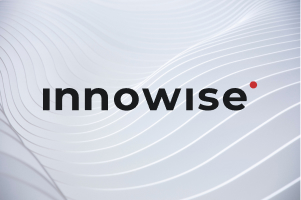
Selecionar a língua
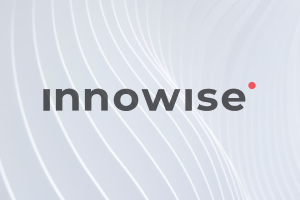

Os dados relativos aos cuidados de saúde assumem muitas formas - clínicas, administrativas, geradas pelos doentes e financeiras. Com o aumento da CDIsdispositivos conectados, e Ferramentas de IAOs dados relativos aos cuidados de saúde explodiram em volume e variedade. Mas, infelizmente, mais dados não significam automaticamente melhores cuidados. De facto, 47% de dados de cuidados de saúde ainda estão subutilizados na tomada de decisões. É como pagar uma refeição de três pratos e só comer o prato principal, enquanto o resto é desperdiçado.
E o impacto não é apenas teórico. 77% dos profissionais de saúde afirmam que perdem tempo clínico devido a dados incompletos ou inacessíveis dos doentes. Para 1 em cada 3, isso equivale a mais de 45 minutos por turno, aproximadamente 23 dias completos por ano gastas a procurar informações que deveriam ter estado lá em primeiro lugar. A minha equipa no Innowise passa muito tempo a resolver problemas exatamente como este. Para o fazer corretamente, é necessário compreender os tipos de dados com que as organizações de cuidados de saúde lidam, e eu vou explicar-lhos neste artigo.
Os dados relativos aos cuidados de saúde são tudo o que é registado, trocado ou analisado durante a prestação de cuidados. Incluem dados clínicos, como resultados laboratoriais e imagiológicos, dados administrativos, como pessoal hospitalar e utilização de recursos, dados financeiros, como registos de faturação e pedidos de seguro, e dados gerados pelos doentes a partir de dispositivos portáteis e aplicações de saúde.
Quando utilizados corretamente, estes dados podem melhorar os cuidados de saúde de forma real e duradoura. Os médicos podem detetar sinais precoces de deterioração, evitar a duplicação de testes e ajustar os tratamentos com base em resultados reais. A uma escala maior, os dados sobre cuidados de saúde apoiam a investigação clínica, as decisões políticas, a previsão das épocas de gripe e a modelação do risco populacional nas doenças crónicas.
Ao mesmo tempo, é importante sublinhar que os dados de cuidados de saúde têm de ser seguros, protegidos e compatíveis com a HIPAA. Os provedores e as organizações contam com parceiros confiáveis para atender a esses padrões. Por exemplo, a Atlantic.Net fornece hospedagem compatível com HIPAA para ajudar a garantir a conformidade regulamentar na nuvem e no ambiente de hospedagem de servidor dedicado.
Vamos analisar as diferentes tipos de dados relativos aos cuidados de saúde com que trabalhamos e ver como são utilizados em contextos clínicos reais.
As organizações de cuidados de saúde lidam com vários tipos de dados, cada um com uma finalidade diferente, quer se trate de cuidados diretos aos doentes, operações hospitalares ou fluxos de trabalho administrativos. Vamos explorar os quatro principais tipos de dados de cuidados de saúde.
Funcionando como a espinha dorsal dos cuidados ao doente, os dados clínicos incluem tudo o que é captado durante a avaliação, o diagnóstico, o tratamento e o acompanhamento do doente. Este tipo de dados de cuidados de saúde é o que está mais diretamente relacionado com os resultados dos doentes: indica aos profissionais de saúde o que se passa com o doente, o que foi feito e como reagiu aos cuidados.
Os dados administrativos descrevem em pormenor o funcionamento da organização de cuidados de saúde nos bastidores. Não têm impacto direto nos diagnósticos ou tratamentos, mas desempenham um papel importante na eficiência da prestação de cuidados. Indicam à direção e aos executivos como os recursos estão a ser utilizados, como os doentes estão a ser tratados e onde ocorrem os estrangulamentos. Os hospitais baseiam-se em dados administrativos para tomar decisões estratégicas, como a compra de novo equipamento ou a construção de uma nova ala.
Este tipo de dados de saúde ajuda os profissionais de saúde a preencher as lacunas entre as consultas clínicas. Provêm diretamente do doente, muitas vezes através de dispositivos portáteis, aplicações móveis ou inquéritos em linha. Os dados gerados pelo paciente reflectem as escolhas de estilo de vida, os comportamentos e as métricas de saúde do mundo real. Quando utilizados eficazmente, dão aos prestadores de serviços uma imagem mais clara do que se passa no dia a dia dos seus pacientes, para além das janelas de marcação de consultas, muitas vezes curtas.
Estes dados ajudam os prestadores de cuidados de saúde a controlar o orçamento e a saúde financeira da organização. Capturam todas as informações relacionadas com os custos, desde os reembolsos dos seguros até às receitas e despesas de funcionamento do hospital. Estes dados são essenciais para a elaboração de orçamentos, previsões e otimização da atribuição de recursos. O que considero mais importante é que também ajuda a alinhar o desempenho financeiro com os objectivos de qualidade dos cuidados de saúde no âmbito dos modelos de cuidados baseados no valor.
Mas como é que os diferentes tipos de dados clínicos funcionam efetivamente na prática e reforçam a tomada de decisões médicas? Vamos aprofundar a questão exemplos de dados clínicos e analisar os casos de utilização reais que potencia.
"Pode ter todos os dados clínicos do mundo, mas se estiverem dispersos pelos sistemas e armazenados em formatos incompatíveis, são praticamente inúteis. As organizações de cuidados de saúde necessitam de formatos consistentes, protocolos partilhados e transferências simples entre sistemas. Normas de interoperabilidade como HL7, FHIR e DICOM são o que transforma registos dispersos em informação acionável. Sem eles, é apenas mais caos."

Gestor de carteiras de tecnologias médicas e de cuidados de saúde
Quando se ligam os pontos dos dados clínicos numa imagem clara, estes tornam-se a base para tudo, desde tratamentos personalizados a conhecimentos ao nível da população. Aqui estão algumas das formas mais poderosas pelas quais os dados clínicos estão a impulsionar melhores cuidados e sistemas mais inteligentes atualmente:
Os dados dos cuidados de saúde são uma das ferramentas mais poderosas de que os médicos dispõem, mas apenas se os utilizarem. Compreender os diferentes tipos de dados nos cuidados de saúde, sejam eles clínicos, administrativos ou financeiros, é o que ajuda os médicos a prestarem melhores cuidados, os investigadores a fazerem descobertas médicas e os sistemas de saúde a funcionarem de forma mais eficiente. Quando os dados são exactos e estão interligados, tornam-se uma base para decisões mais inteligentes a todos os níveis dos cuidados de saúde.
Se está a explorar a forma de colocar os seus dados de saúde a trabalhar ou a debater-se com aplicações fragmentadas que não trocam informações, o Innowise pode ajudar. Criámos aplicações orientadas para os dados soluções informáticas para cuidados de saúde para empresas nos EUA e na UE, por isso, se estiver pronto para dar o próximo passo, vamos conversar.

Gestor Sénior de Fornecimento Técnico em Cuidados de Saúde e MedTech
Aleh tem uma forte compreensão do que faz com que o software de cuidados de saúde e MedTech funcione verdadeiramente. Lidera com clareza técnica e conhecimento do sector, assegurando que cada projeto proporciona valor a longo prazo - não apenas código que funciona, mas sistemas que interessam.


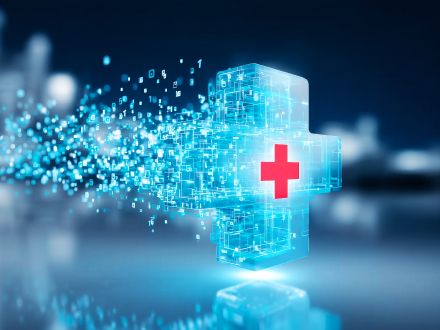



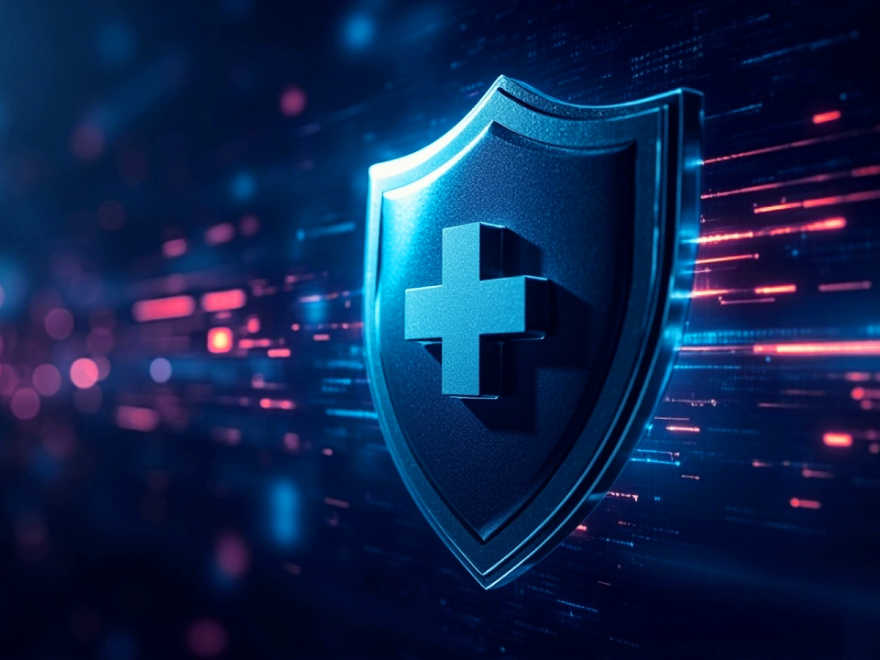
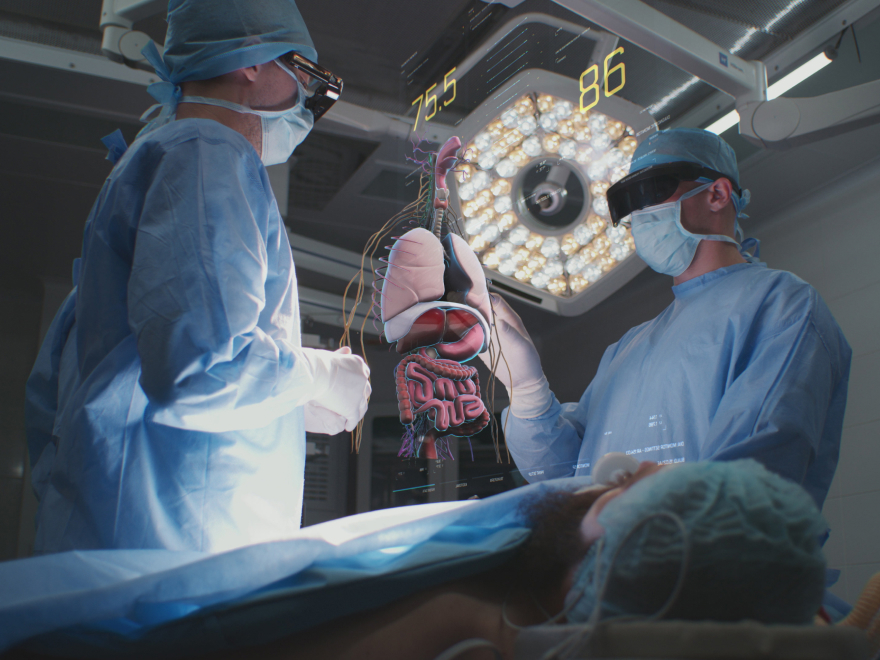
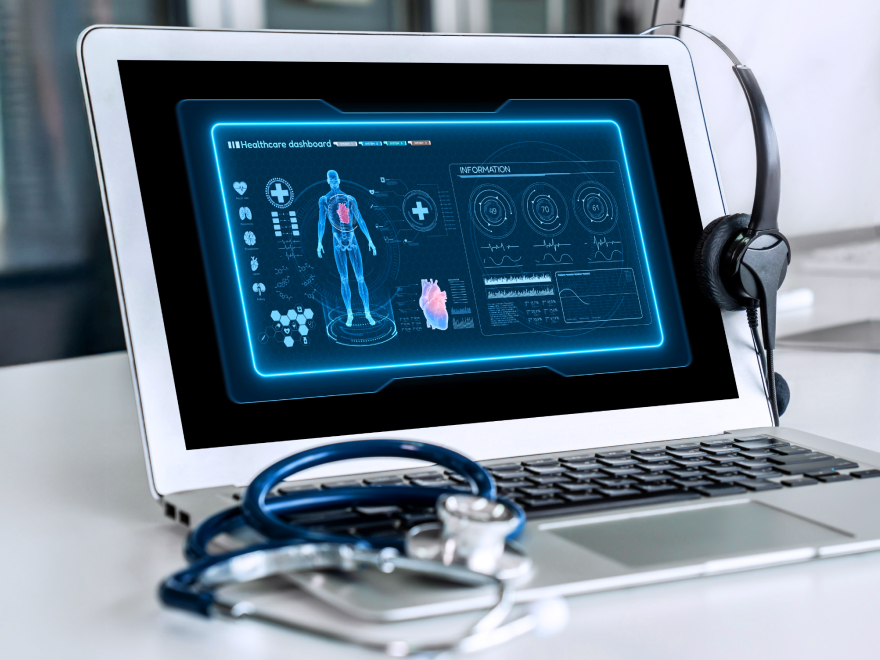



A sua mensagem foi enviada.
Processaremos o seu pedido e contactá-lo-emos logo que possível.

Ao inscrever-se, o utilizador concorda com a nossa Política de privacidadeincluindo a utilização de cookies e a transferência das suas informações pessoais.